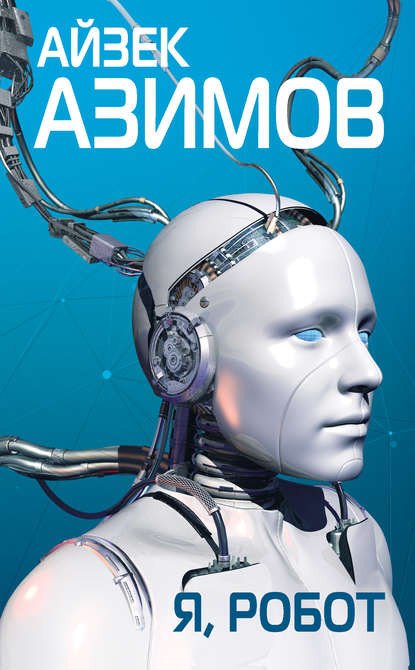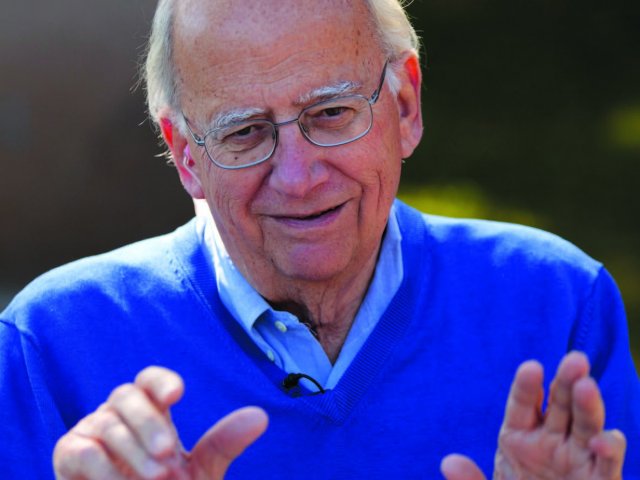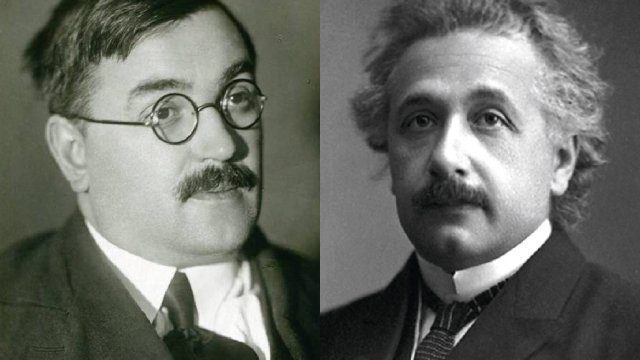“History has reached a point where humanity is no longer allowed to quarrel. People on Earth should be friends. I have always tried to emphasize that in my works… Do not think that you can make all people love each other, but I wanted to destroy the hatred between people. I earnestly believe that science fiction - one of the links that unite humanity. The issues we raise in science fiction become topical for the whole humanity. The science fiction writer, the science fiction reader and the science fiction itself serve the good of humanity”. Isaac Asimov.
Today is the 100th birthday of Isaac Asimov, a great science-fiction writer, a biochemist and a popular science communicator. His futuristic science-fiction works that are often regarded as prophetic, have been inspiring scientists worldwide. Asimov’s ideas set forth in his books (that he wrote over 300) have brought together scientists, writers, movie directors and musicians. Thanks to this writer the second half of the 20th century saw a science fiction boom.
His most famous novels include The Gods Themselves (1972), The End of Eternity (1955), Foundation and Empire (1952), Foundation’s Edge (1982), Foundation and Earth (1986), selected stories written in different years, including, I, Robot, The Martian Way (1955), autobiography In Memory Yet Green and many others.
Many of Asimov’s predictions came true:
“In the end future has always been determined by economic and social forces, though humanity failed to understand whether these were climate peculiarities or luck in war.”
In 1965, The New York Times offered the writer to make the most reliable predictions for the coming 50 years. Among those that have already come true are mass computerization, video-communication, connection to any part of the world, robotized transportation, etc. Asimov was the first to introduce the term “robotics”. Even though unmanned vehicles are not mainstream yet, this seems to be a matter of time as such vehicles are being tested in many countries.
Isaac Asimov memorial
The Hayden Planetarium (part of the New York Natural History Museum) hosts annual conferences in memory of the writer – these are exciting scientific debates moderated by Niel deGrasse Tyson.
“Isaac Asimov must have been the last erudite of our civilization. The majority of research that both Asimov’s fiction and non-fiction was based on, took place at our institution. Therefore, we have a certain bond with the writer that not many institutions can boast of, and the Asimovs decided that we would host debates annually in his honor,” remarked Neil deGrasse Tyson during the Debates on the Existence of Nothing that took place in 2013.
Asimov’s popular science works on scientific and technological achievements are: The Living River (1961), The World of Carbon (1978), The World of Nitrogen (1981), etc. His main publications include the textbook titled Chemistry and Human Health (1952, 1957), Life and Energy (1962), Asimov’s Biographical Encyclopedia of Science and Technology (1964), The Wellsprings of Life book on the evolution theory, etc.
“It’s been a good life”
Isaac Asimov (Isaac Yudovich Osimov) was born on January 2, 1920 in the village of Petrovichi of Shumyachi district of the Smolensk region. In 1923 his family emigrated to the USA. In 1928, he received the US citizenship, therefore, all his academic and writing career occurred in the USA, though he was famous and his books were popular in many nations around the globe. The writer died on April 6, 1992 of heart and kidney failure caused by HIV that he had contacted through the donor blood while undergoing heart surgery. When dying, Asimov pronounced his last words: “It’s been a good life”. This is the phrase that his wife (Janet Asimov) would use as a title of her book published after the writer’s death.
Photo: https://lostfilm.info






















